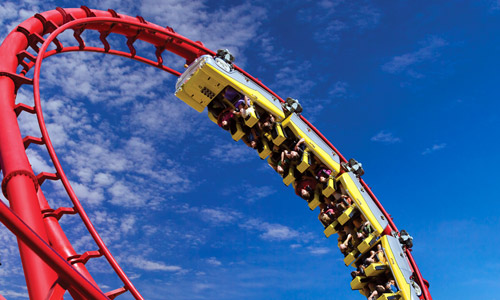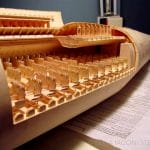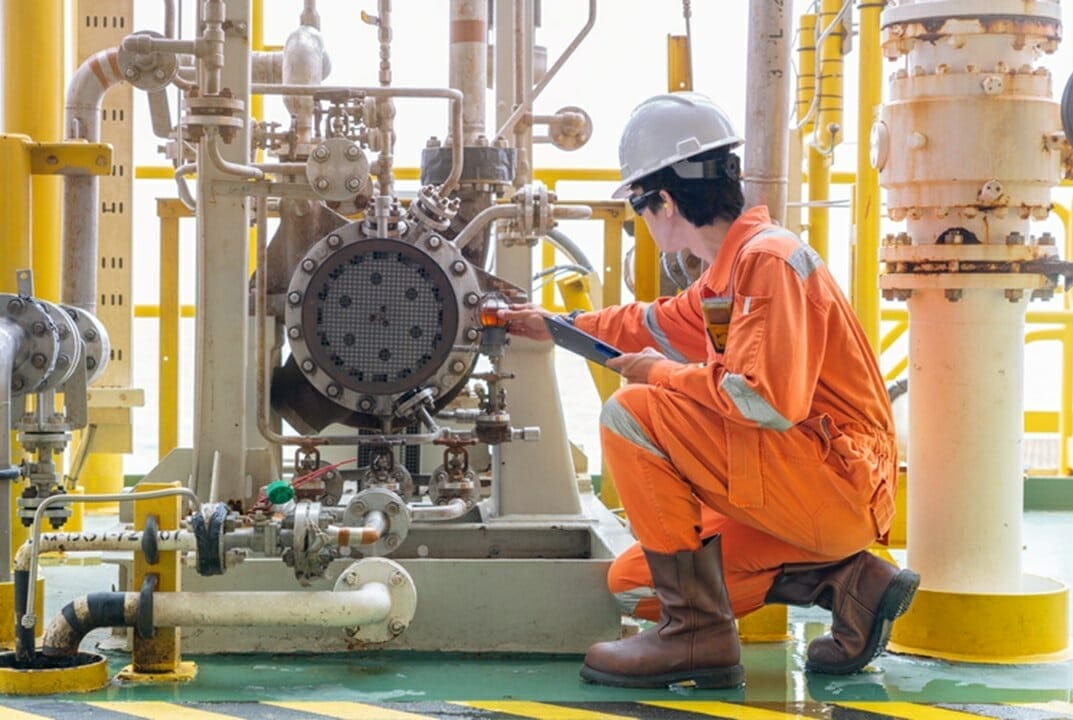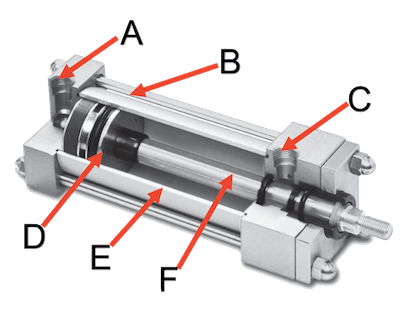We all love amusement park. Kids or adults, we just love them. The thrill and excitement is overwhelming for the entire family. But do you know the physics behind these amusement park rides? What makes them so thrilling, exciting and fun? This is FunGineering 101!
Carousel: Centripetal Force
Centripetal force is the inward-towards-center force that keeps the objects on the carousel travel in a circular motion as well as keep its riders from flying off the horses and the cabins. Without this force, the bodies’ individual inertia will take over and each object will travel in a straight path a.k.a out of the carousel. Whoops!

Source: David Sanger Photography
Bumper Cars: Newton’s Three Laws of Motion
According to Newton’s Laws of Motion, a bumper car at rest will continue being at rest or a bumper car will continue moving unless acted upon by another car (or even the walls of the ‘bumper car arena’). Also, since force is equal to mass and acceleration, a heavier rider with a heavier and bigger bumper car will be harder to push compared to lighter ones. People riding inside the cars might experience a certain jolt due to inertia and the sudden change in energy (from potential to kinetic and vice versa).

Source: Tri County Fair
Free Fall: Potential Energy, Kinetic Energy and Gravity
Potential Energy (energy at rest) is built as a cabin or a cart is moved up at the top of a tower. Once the cart is released, the potential energy is converted to kinetic energy (energy in motion) and the cart starts to go down and gain speed as it reaches the bottom because of the acceleration due to gravity.

Source: Saving Teens
Roller Coaster: A Combination of Everything Mentioned
Similar to the free fall ride, the roller coaster harnesses the potential energy everytime it is positioned in a peak and falls really fast because of the kinetic energy and gravitational pull. During loops, the tracks exert centripetal force on the coasters so they don’t fly off during crazy ups and downs















